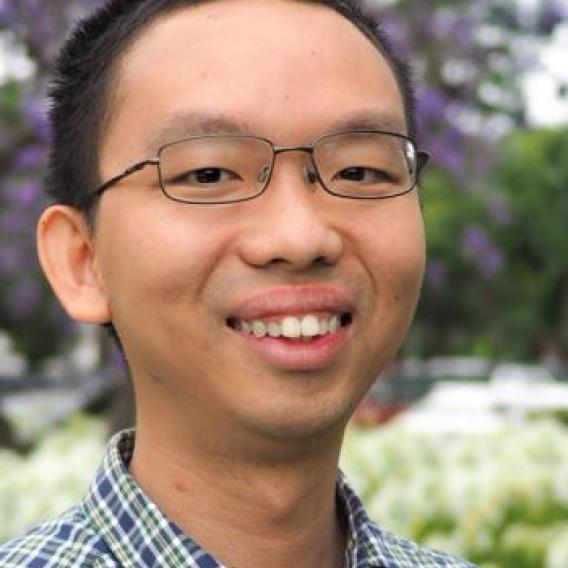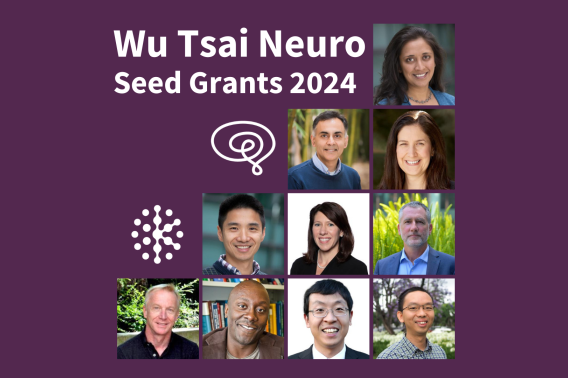Image

Xiaojing Gao
Assistant Professor, Chemical Engineering
Member, Bio-X
Member, Wu Tsai Human Performance Alliance
Faculty Fellow, Sarafan ChEM-H
Member, Stanford Cancer Institute
Member, Wu Tsai Neurosciences Institute
Postdoctoral Fellow, California Institute of Technology, Biology and Biological Engineering (2020)
Ph.D., Stanford University, Biology (2015)
B.S., Peking University, Biology (2009)
Affiliation:
Committee:
How do we design biological systems as “smart medicine” that sense patients’ states, process the information, and respond accordingly? To realize this vision, we engineer towards a “simple” goal: producing specific proteins in the right cells at the right time. There is an inspiring history of such methods transforming basic research (e.g., dissecting neural circuits) and biomedicine (e.g., ablating cancer), yet they remain inadequate in many scenarios, especially in organisms (including human patients) where it is possible but nontrivial to introduce polynucleotides.
We envision pushing the envelope by focusing on a hitherto under-explored aspect: controllers compatible with RNA delivery. We expect such controllers to leverage the safety features of mRNA vectors and the post-pandemic burst of research activities, offer additional benefits such as robust performance and compact delivery, and synergize with conventional DNA-level control to further enhance the precision of payload production. Knowing that the controllers are fundamentally confined by the cells they operate in, rather than dealing with the impossible task of completely insulating the controllers from the biological contexts, our philosophy is to incorporate biology as design features (e.g., endogenous retention mechanism in the protein secretory pathway and housekeeping RNA-editing enzymes), leading to innovation in three areas. First, we are developing a plug-and-play platform based on engineered viral proteases to process signals and control intercellular communications. Second, we are co-opting RNA editing to create programmable modular sensors for transcript markers that represent cell types/states and ligands that represent extracellular environments. Third, considering the immunogenic risk of components sourced from non-human organisms, we are “humanizing” the controllers by using human domains and then further computationally reducing their potential immunogenicity. We identified two proof-of-principle applications, non-invasive early disease detection and mRNA-mediated engineering of therapeutic cells, and are dedicating our efforts to applying our controllers to them.
We envision pushing the envelope by focusing on a hitherto under-explored aspect: controllers compatible with RNA delivery. We expect such controllers to leverage the safety features of mRNA vectors and the post-pandemic burst of research activities, offer additional benefits such as robust performance and compact delivery, and synergize with conventional DNA-level control to further enhance the precision of payload production. Knowing that the controllers are fundamentally confined by the cells they operate in, rather than dealing with the impossible task of completely insulating the controllers from the biological contexts, our philosophy is to incorporate biology as design features (e.g., endogenous retention mechanism in the protein secretory pathway and housekeeping RNA-editing enzymes), leading to innovation in three areas. First, we are developing a plug-and-play platform based on engineered viral proteases to process signals and control intercellular communications. Second, we are co-opting RNA editing to create programmable modular sensors for transcript markers that represent cell types/states and ligands that represent extracellular environments. Third, considering the immunogenic risk of components sourced from non-human organisms, we are “humanizing” the controllers by using human domains and then further computationally reducing their potential immunogenicity. We identified two proof-of-principle applications, non-invasive early disease detection and mRNA-mediated engineering of therapeutic cells, and are dedicating our efforts to applying our controllers to them.
